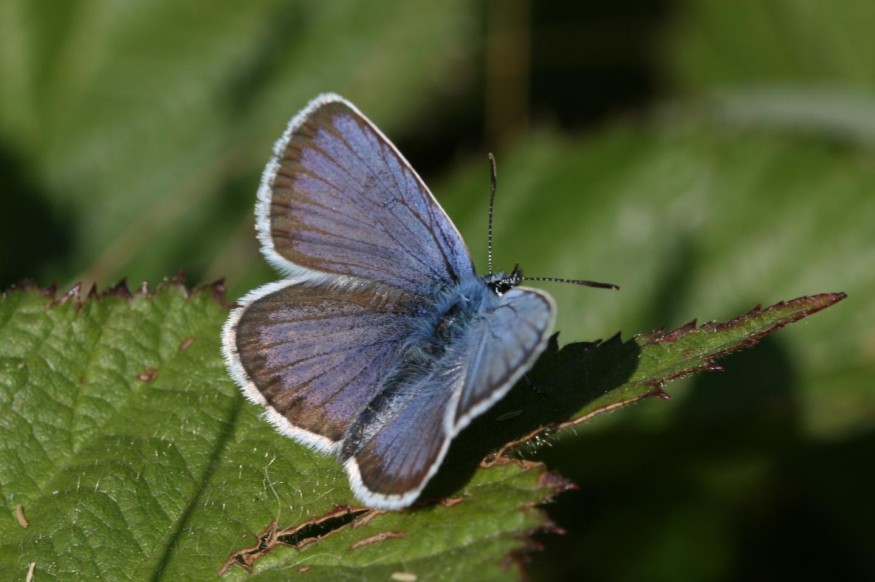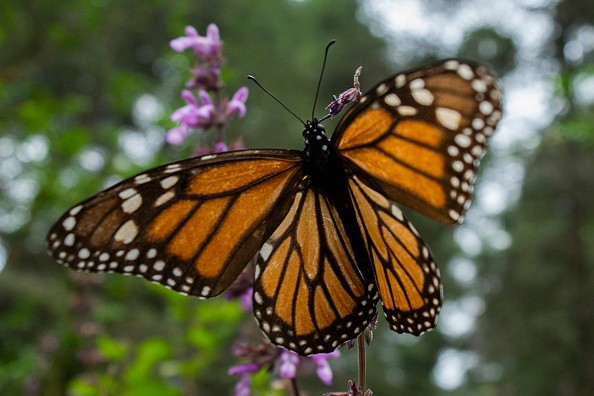UK environmentalists have expressed concern about the "worryingly low" and steady drop in butterfly sightings. The number of sightings over the 13-year history of the Big Butterfly Count was the lowest this year.

Shocking Numbers
The wildlife organization Butterfly Conservation says it anticipated better results from this year's mild weather and is disappointed that more was not observed. One of the largest citizen science initiatives in the UK received close to 100,000 butterfly counts.
The organization's head of research, Dr. Richard Fox, has urged greater action to preserve and improve habitats for butterflies. He said, "Even if the sun shines for days on end, we won't see more butterflies until there is an environment for them to thrive in."
Famous people like Sir David Attenborough and Joanna Lumley support The Big Butterfly Count. It requests information from citizens of the UK on the quantity and variety of butterflies they observed in gardens, parks, and rural areas during three weeks in July and August.
The findings enable researchers to learn more about how environmental changes impact moths and butterflies. They advised British people to plant holly, blooming ivy, elms, and nettles in their gardens to make habitats that provide butterflies room to feed, breed, and find refuge.
While the total numbers are down, several significant success stories have emerged this year, such as the Holly Blue, which was only sporadically observed in Scotland until the 2000s.
The Holly Blue has grown by 120% since last year and has already colonized large portions of Scotland.
The hot summer of this year is likely to cause a rise in sightings of other species, such as the Common Blue, up 158%, and the Gatekeeper, up 58%. A species frequently seen in gardens, the Comma also had a 95% rise in sightings from the previous year.
One of its greatest summers in 150 years was experienced by the Large Blue, which was proclaimed extinct in the 1970s. Scientists claim that the success story, the product of a conservation initiative organized by the Royal Entomological Society, demonstrates how species may be saved from extinction.
Butterflies in Danger

According to research just published in Science, the widespread butterfly decrease occurring in the western United States is being exacerbated by climate change. The scientists discovered declining patterns in most butterflies, including formerly widespread species, by analyzing three distinct long-term datasets from the western United States.
Since many scientists believe that the globe loses 1-2% of terrestrial insects annually or 10% over ten years, the rate of decline seen in this study is consistent with other recent estimates of the global loss of insects. Up to 40% of bug species may go extinct soon.
Various Reasons
Loss of habitat, pesticide usage, climate change, and other dangers have all been cited as causes of worldwide insect reduction. However, the widespread, once-common species decrease demonstrates that no one threat alone can account for general decreases.
Due to challenges from pesticides, industrialization, and climate change at the landscape scale, butterflies, long a common sight, are rapidly approaching extinction.
For the most recent updates from the animal kingdom, don't forget to follow Nature World News!
© 2026 NatureWorldNews.com All rights reserved. Do not reproduce without permission.





